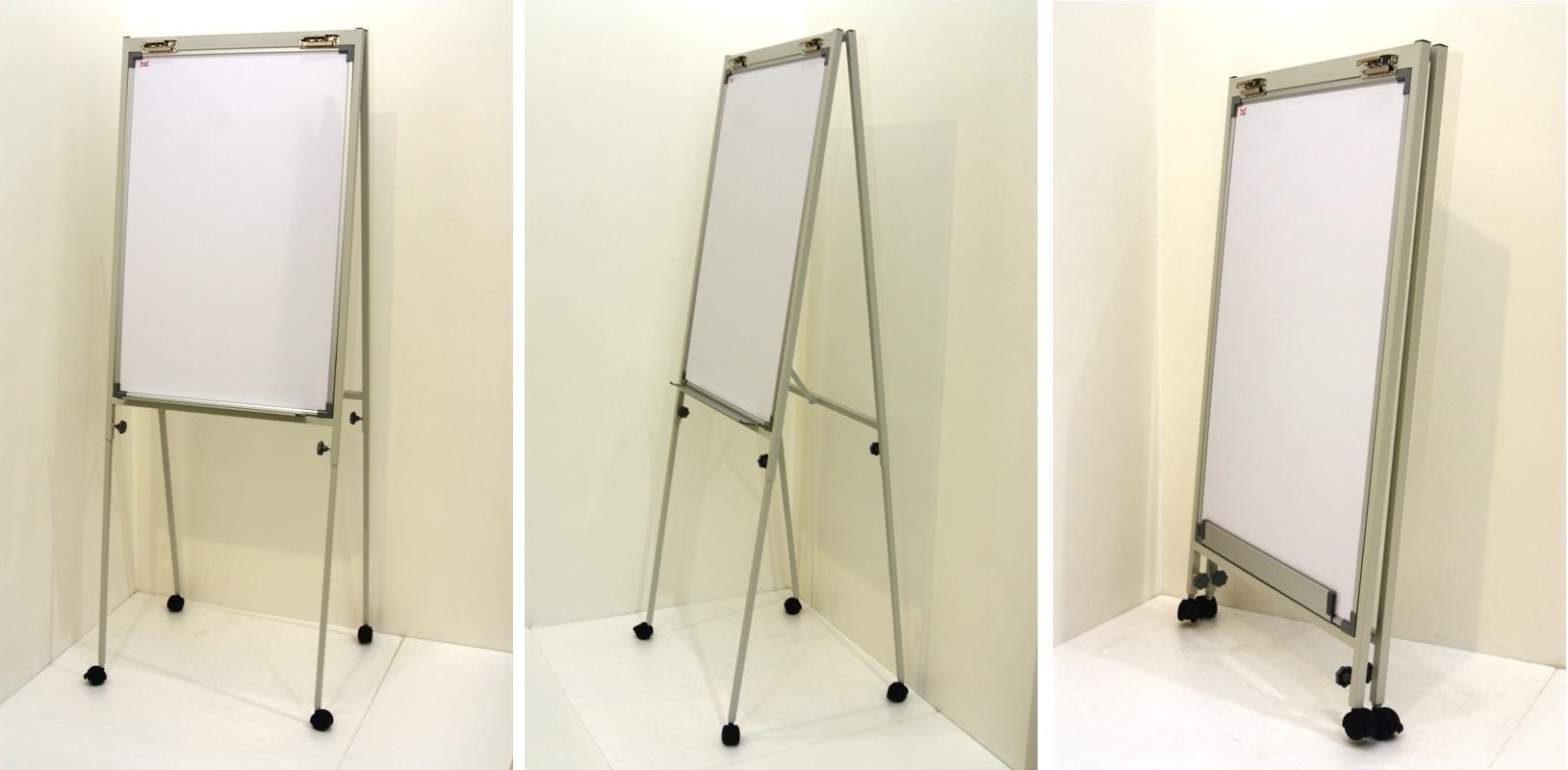STEAM Learning stands for Science, Technology, Engineering, Art and Mathematics. These programs aim are to teach students innovation, to think critically and use engineering or technology in imaginative designs or creative approaches to real real-world problems while building on students’ mathematics and science base.
The implementation
- add more hands-on projects
- real world problem solving activities
- integrate and apply the learning
- encourage questioning and wondering
- give students more control of their learning
Benefits of STEAM learning
- engaged learning for students
- better score on examination
- improved the classroom behavior


